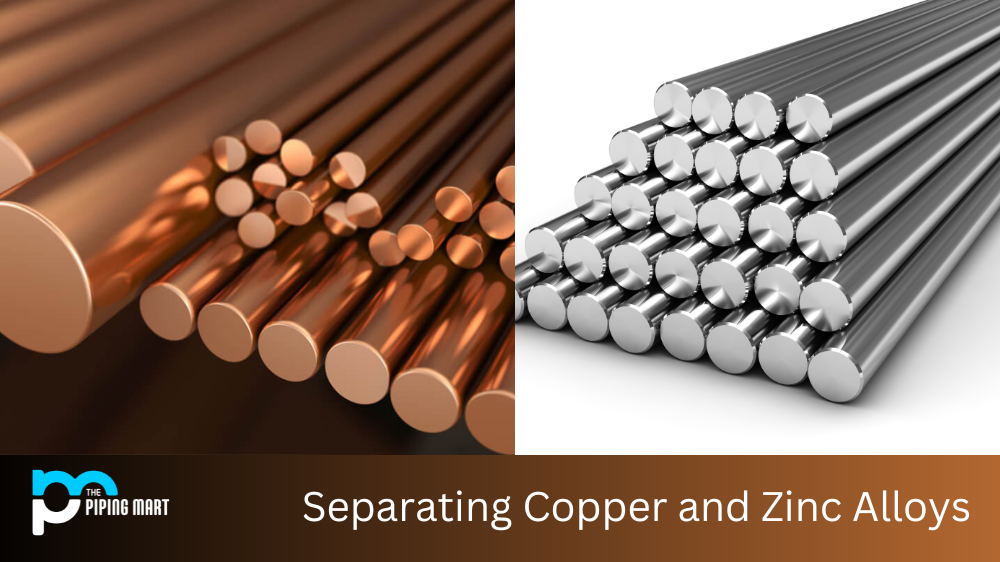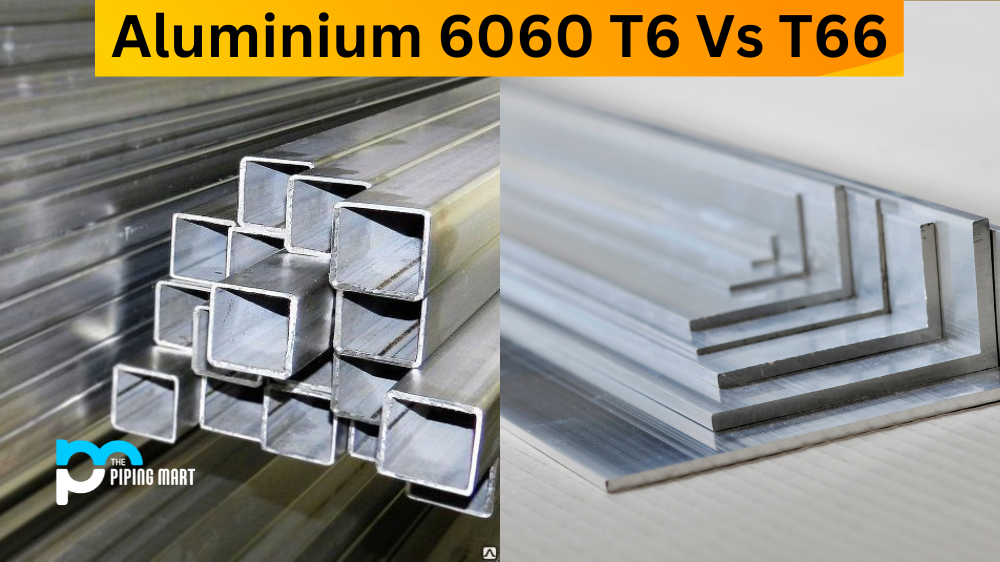Copper and zinc are two of the most commonly used metals in alloys. As a result, it is important to be able to separate these two metals from each other. In this blog post, we’ll discuss the process of separating copper and zinc from an alloy and provide some tips on how to do it correctly and safely.
Process of Separating Copper and Zinc Alloys
The first step in separating copper and zinc alloys is to heat the metal until it melts. This will help to loosen any impurities that may have formed between the two metals. Once the metal has melted, you can use a pair of tongs to remove any present contaminants carefully. If any pieces of metal are still attached, you can use a hammer or chisel to break them apart.
Once you have removed any impurities, separate the copper and zinc alloys by taking advantage of their different densities. Start by slowly pouring the melted alloy into a container filled with water. The zinc will sink while the copper will float, allowing you to separate them easily. Once separated, you can use a magnet or filter net to refine your desired results.
- The process of separating copper and zinc alloys begins with heating the alloy to a high temperature.
- The next step is to add strong acid to the alloy, which will cause the zinc to dissolve.
- The solution is then filtered to remove the zinc.
- The copper is precipitated out of the solution by adding a base.
- The copper is filtered out, and the solution evaporates to remove the water.
- The final step is to heat the copper to a high temperature, which will cause it to melt and can be poured into molds.
Safety Tips for Separating Copper and Zinc Alloys
Safety should always be your top priority when separating copper and zinc alloys. Ensure you wear safety glasses when working with molten metal, as there is always a risk of splashing or flying particles that could cause severe injury or damage your eyesight. Additionally, ensure that you keep your work area clean and organized so that nothing gets in your way while working with hot metal or hazardous materials such as acids or fluxes. Finally, always remember to wear protective gloves when handling hot metals!
Conclusion:
Separating copper and zinc alloys can be tricky, but it is possible with some patience and caution! By heating the alloy until it melts, removing any impurities present using tongs, hammering or chiseling tools if necessary; taking advantage of their different densities by submerging them in water; finally, refining them using magnets or filter nets; being careful when dealing with hot metals; wearing safety glasses; keeping a clean workspace and wearing protective gloves – anyone can successfully separate copper and zinc alloys! With these steps in mind, anyone looking to master this process will have no problem doing so safely!




